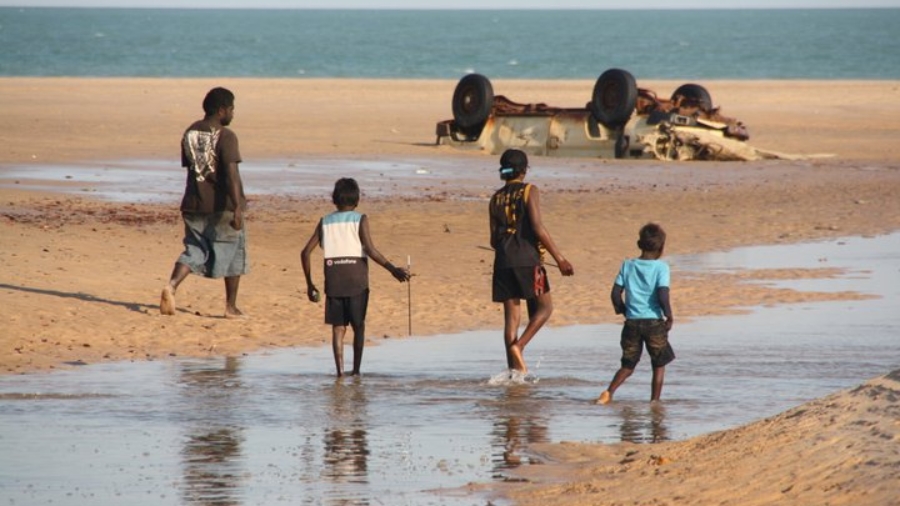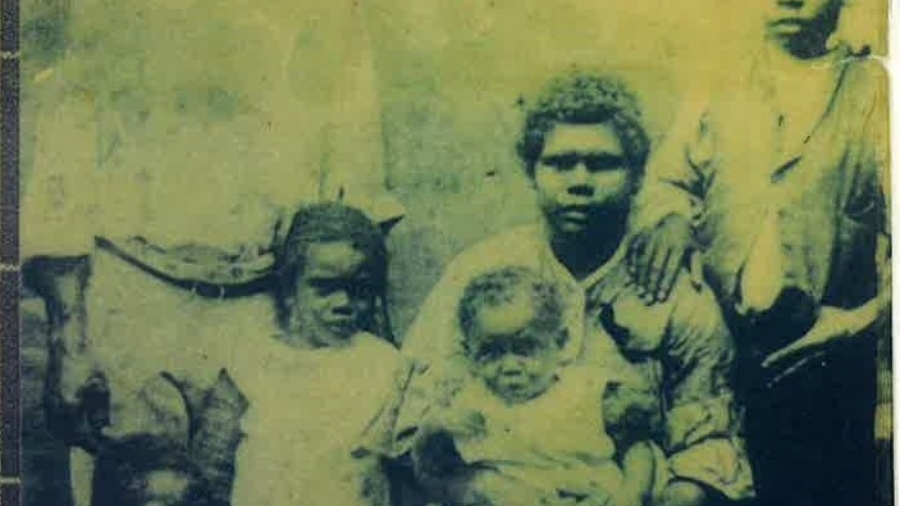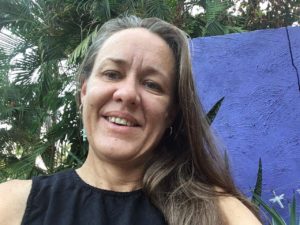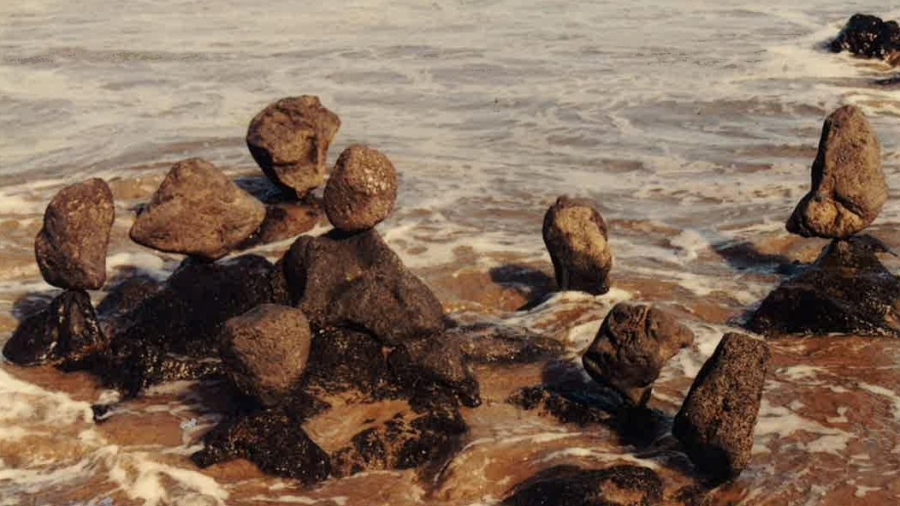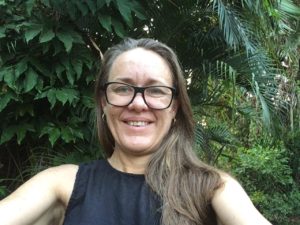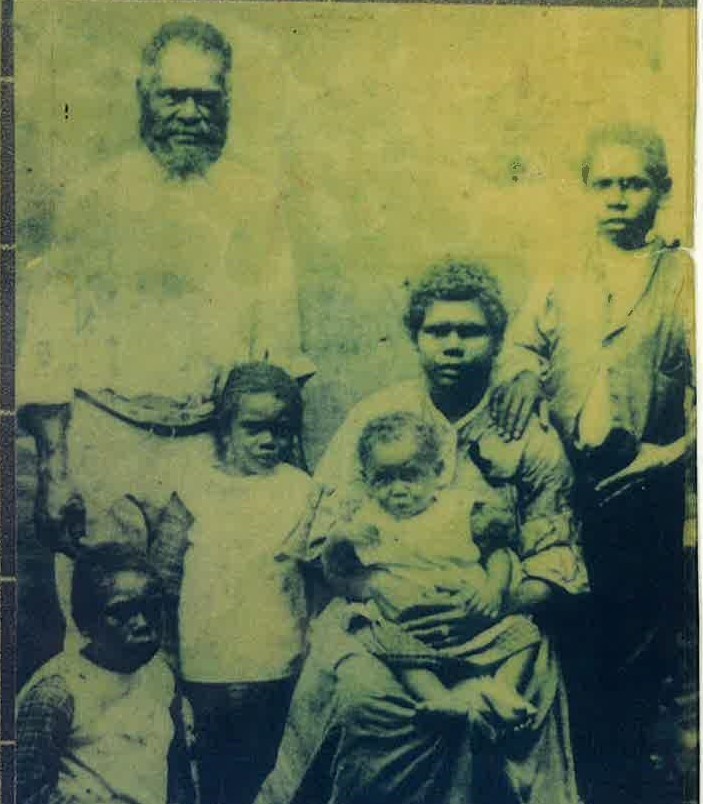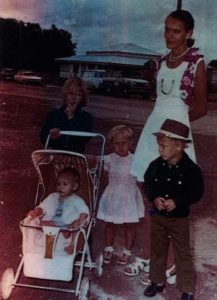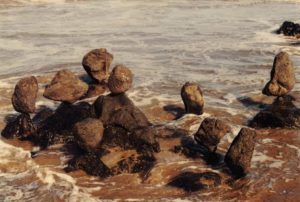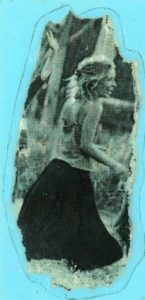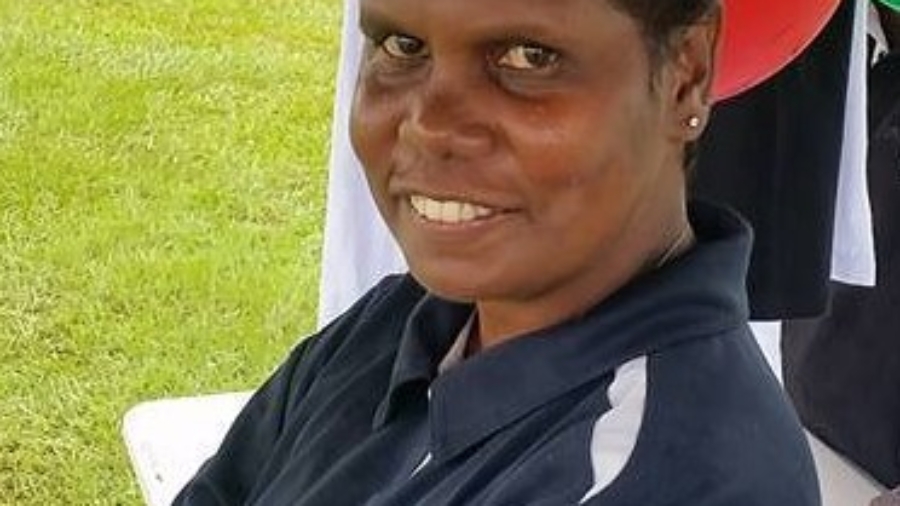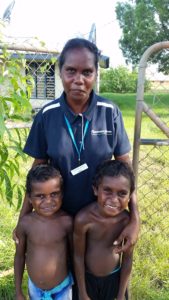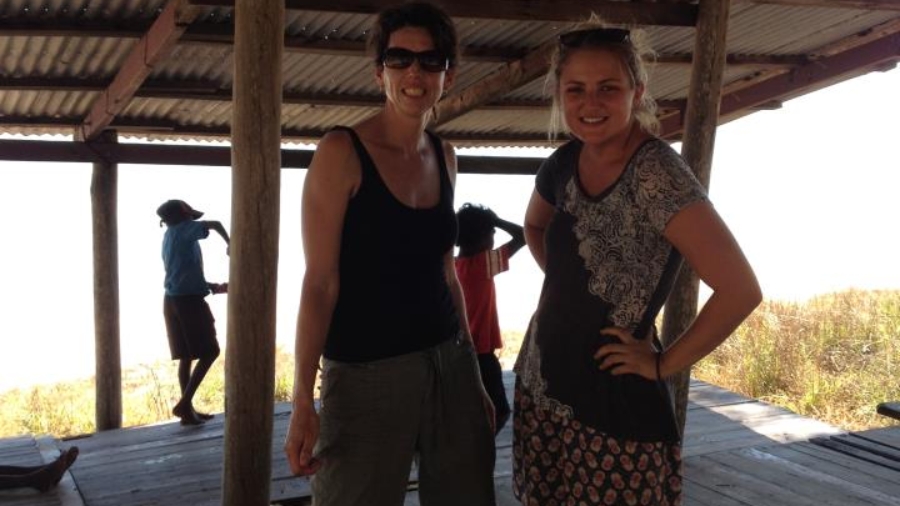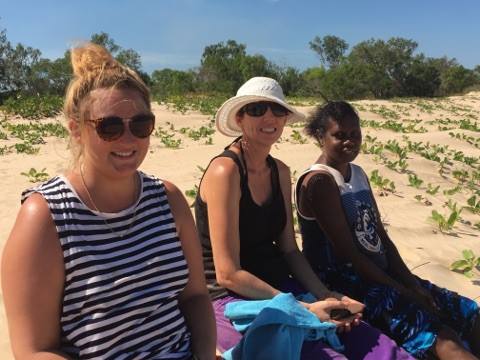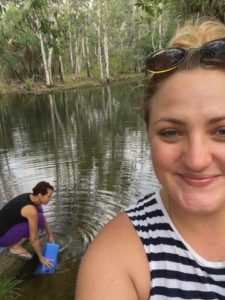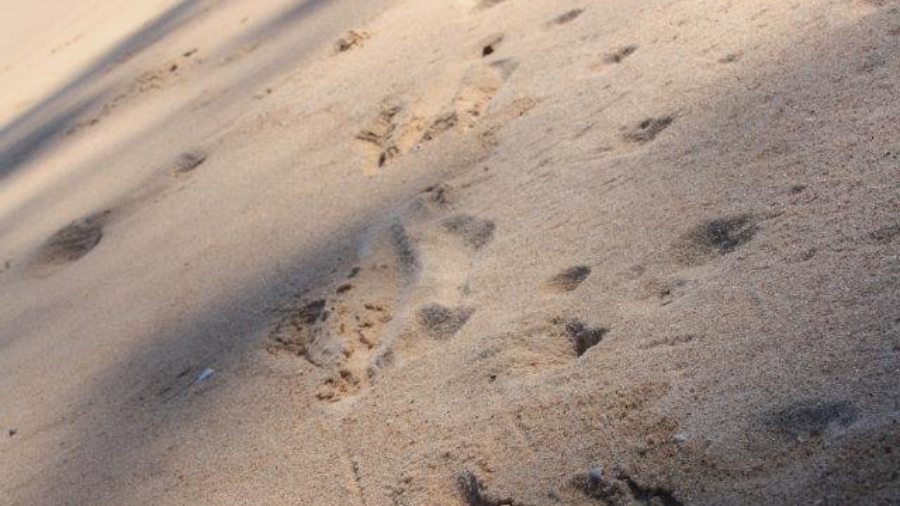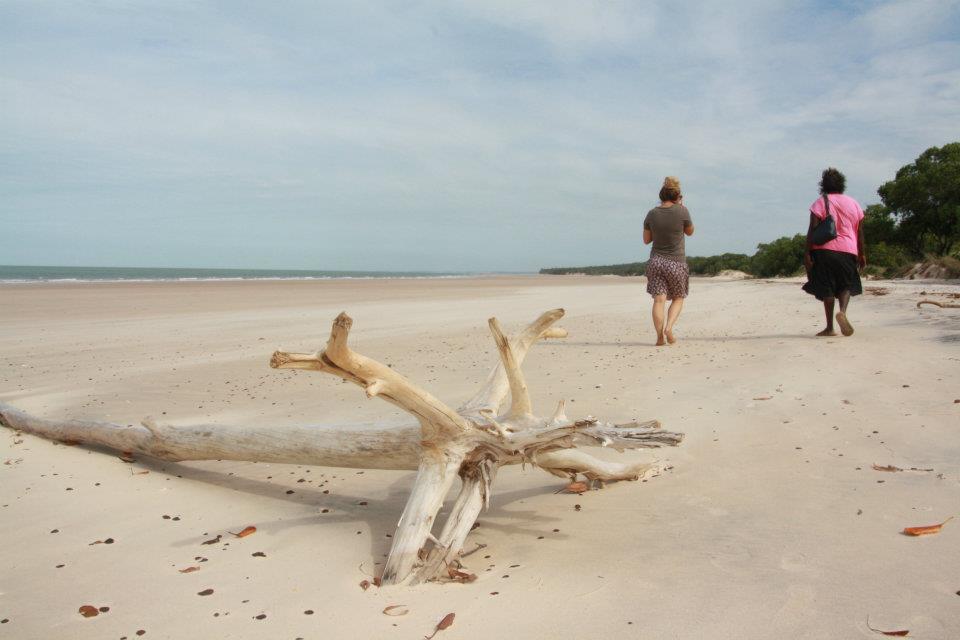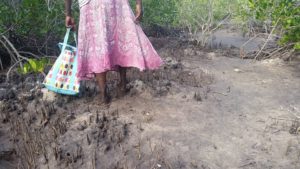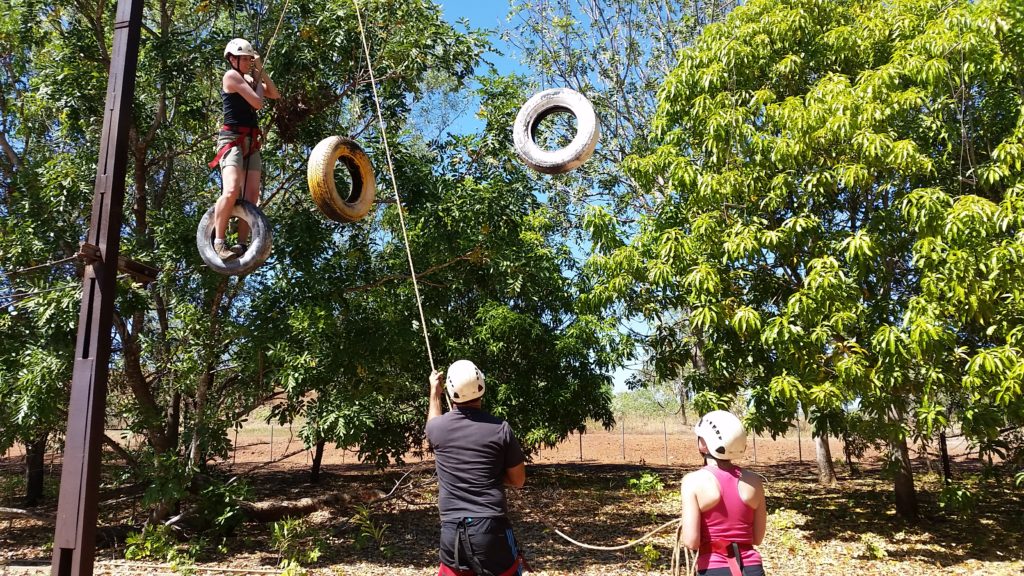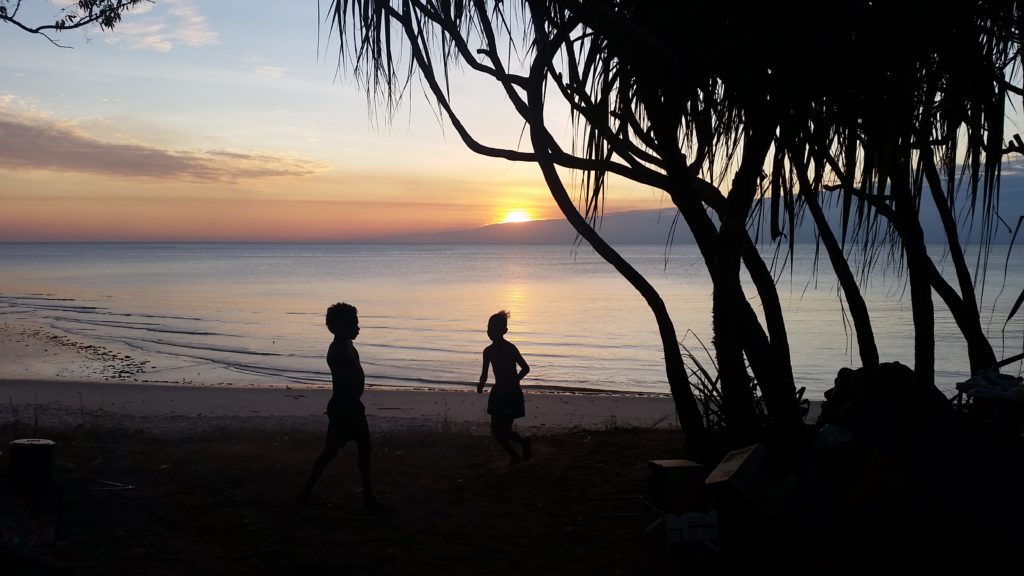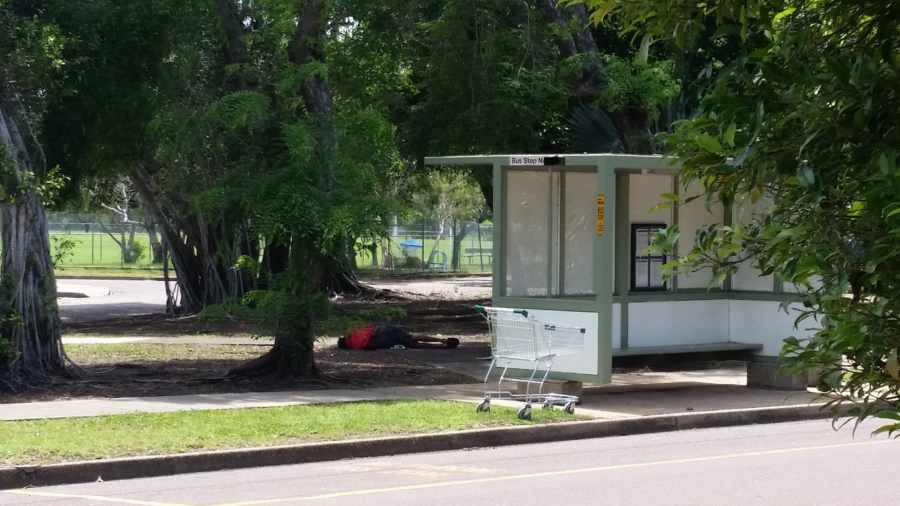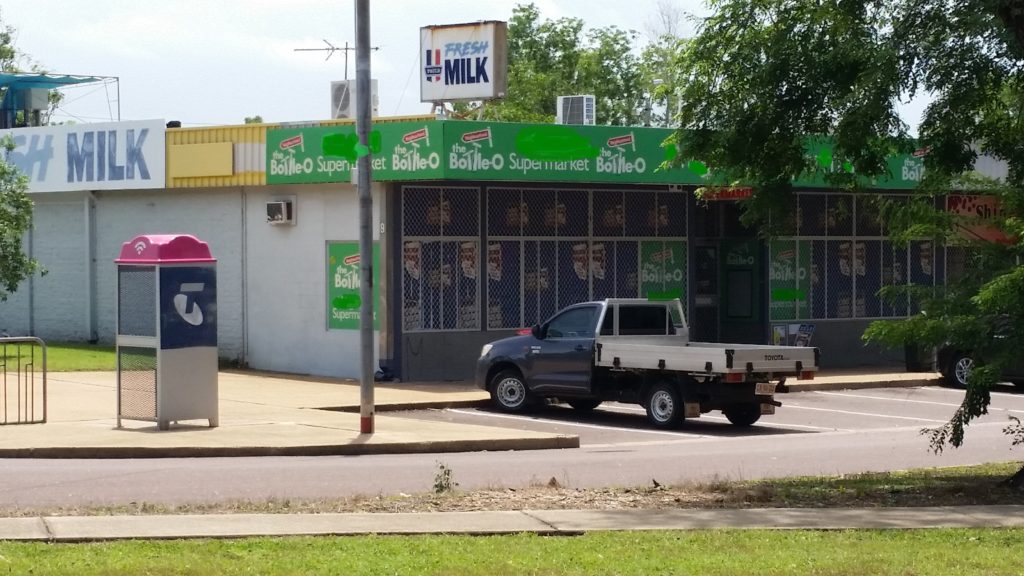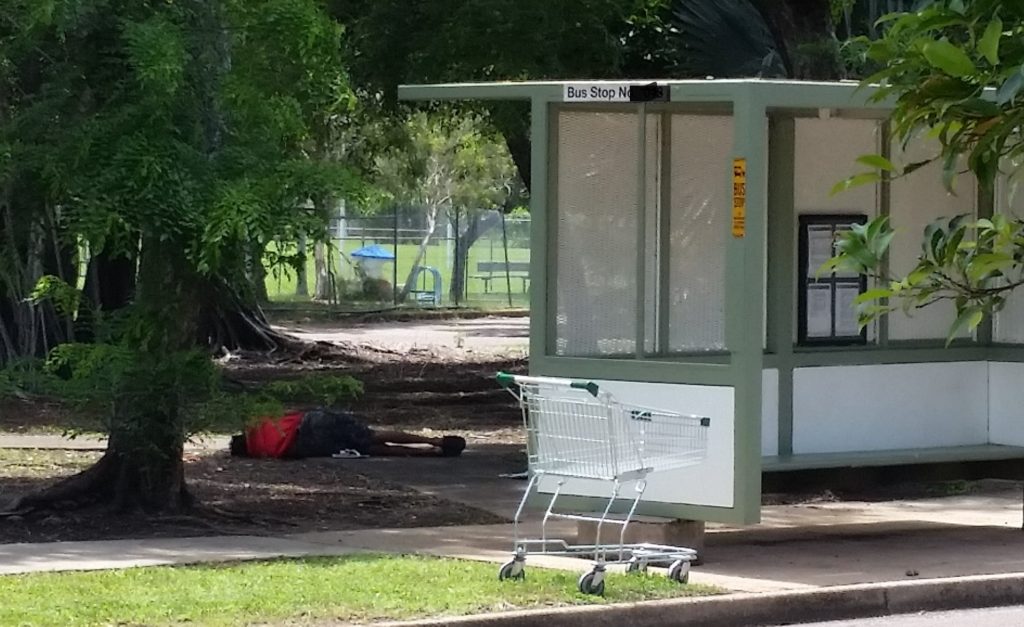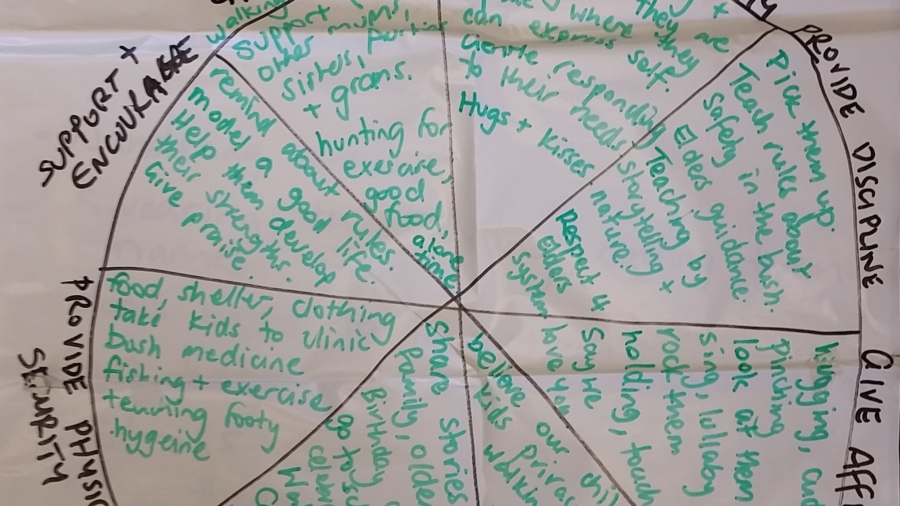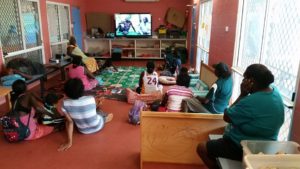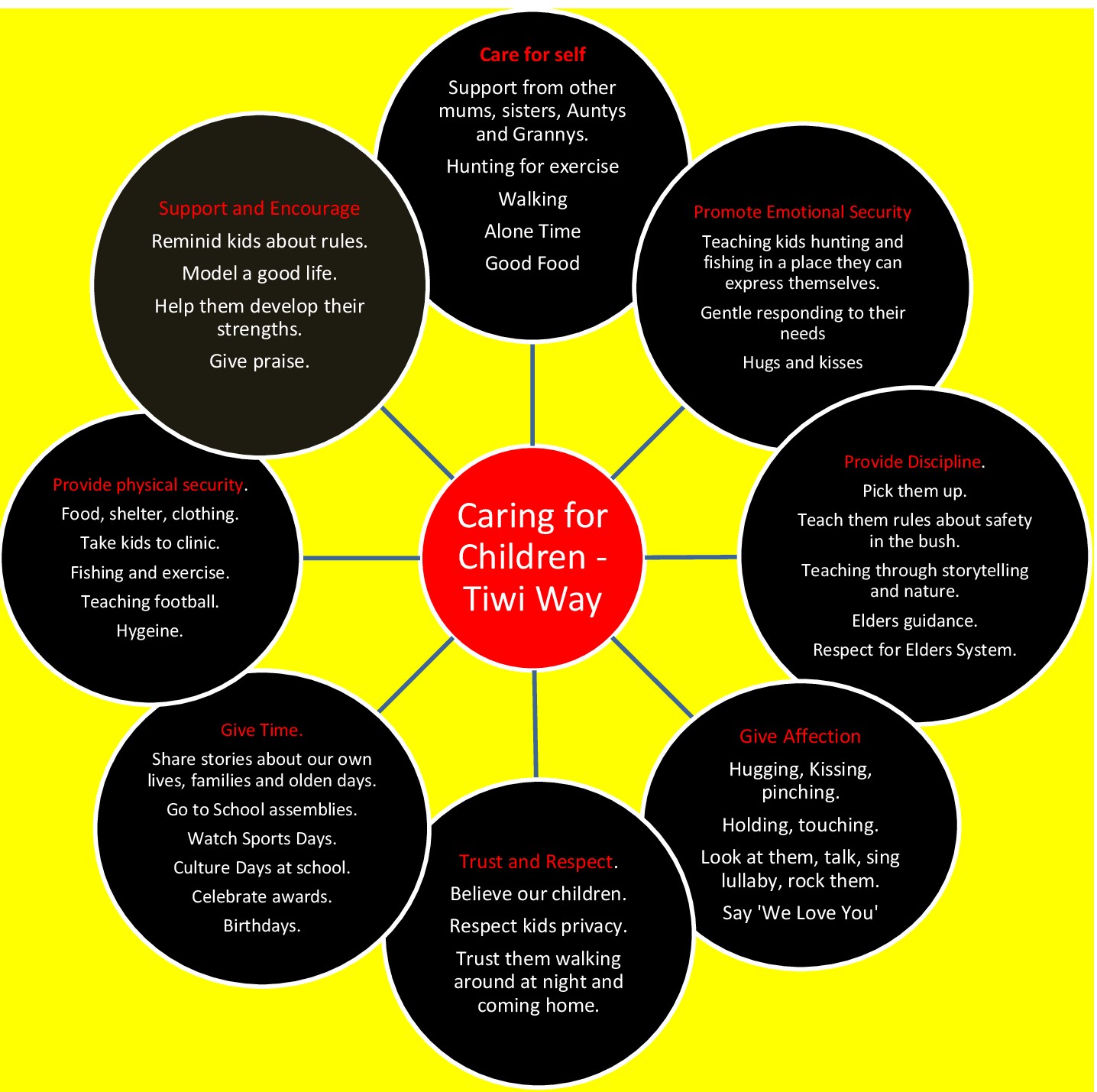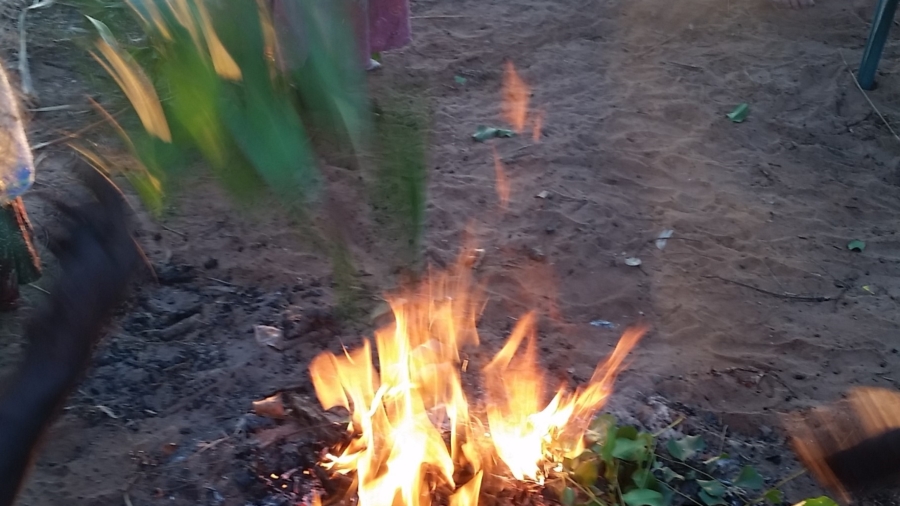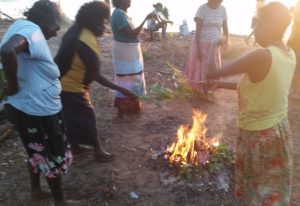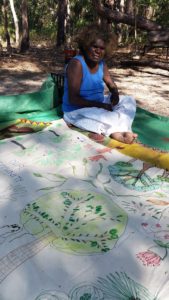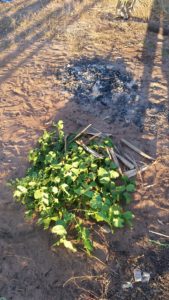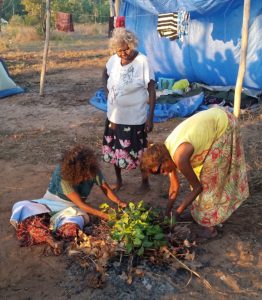Do you remember the first time when you heard your favourite song?

Anthony Kelly, co-author of ‘With Head, Heart and Hand: Dimensions of Community Building’
I remember very clearly the first time I was introduced to Paul Kelly’s ‘From little things big things grow’. I was sitting in a lecture on ‘Working with Indigenous communities’ with Tony Kelly. I was moved, confronted and teary. It was the moment that a small flame was sparked in me. I remember it so clearly. Unexpectedly, the voice in my head piped up and said ‘this is the work you will do’. So I latched onto Tony as an idol and from there a little spark grew.
It was an absolute privilege (and entirely nerve-wracking) for me to reconnect with Tony Kelly recently and bring you this conversation. That same gentle and invitational demeanour of Tony’s took me back to where my heart for this work began. To revisit, the ‘head, heart and hand’ dialogical community development approach which Tony espoused, reconnected me with the principles that I fell in love with, all those years ago and which has shaped more than any other modality, the practitioner I have become today.
Tony brings over 40 years of experience in community development work both in Australia’s indigenous communities and globally. I hope you enjoy this conversation as much as I did.
Episode 5 of ‘Talk the Walk’ explores:
- How Tony came to be working in the Northern Territory after the acknowledgement of Indigenous Land Rights
- Learnings from entering Aboriginal communities for the first time
- The foundation, principles and technicalities behind the dialogical approach to community development
- The skill of really listening
- The delight of big things that grow from little things
- How participatory development programs differ from service delivery; and why governments rarely get it right
- Small first steps for social workers in getting started in a dialogical approach to your work
- How Tony’s ‘head, heart and hand’ approach differs from other community development approaches
- Tony’s struggles of witnessing ‘white on black’ racism, ‘black on white’ racism and ‘black on black’ racism, and how these experiences shaped his international work
- Tony’s biggest learnings from the Northern Territory and its influence in global community development
- A funny story about a pet kangaroo!
- Essential tools for your communication toolbox
- The mentors that helped Tony develop an international perspective to his work
- Making sense of the text of people’s complicated lives
Just click on the Play Button below and enjoy! We hope to have ‘Talk the Walk’ listed on popular podcatchers like iTunes very soon. Or subscribe by email via our Home Page.
Don’t forget, if you or someone you know would make a great interview on ‘Talk the Walk’, send us an email from the Contact Page.
Things to follow up after this episode
‘From Little Things Big Things Grow’ by Paul Kelly
‘With Head, Heart and Hand’ by Anthony Kelly
‘The Wretched of the Earth’ by Frantz Fanon
Contact Anthony Kelly via LinkedIn
Podcast: Play in new window | Download
Subscribe: RSS

